Ancient Handicrafts
Handicrafts in India have a rich and diverse history, evolving over thousands of years. The country is known for its traditional craftsmanship, which varies across regions, reflecting the cultural diversity and heritage of India.
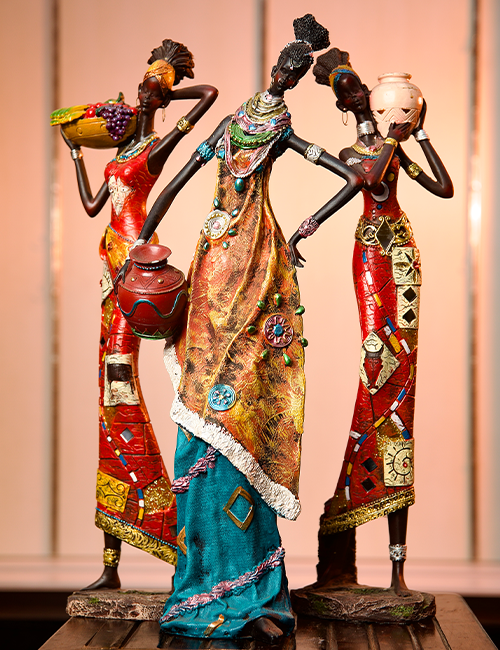
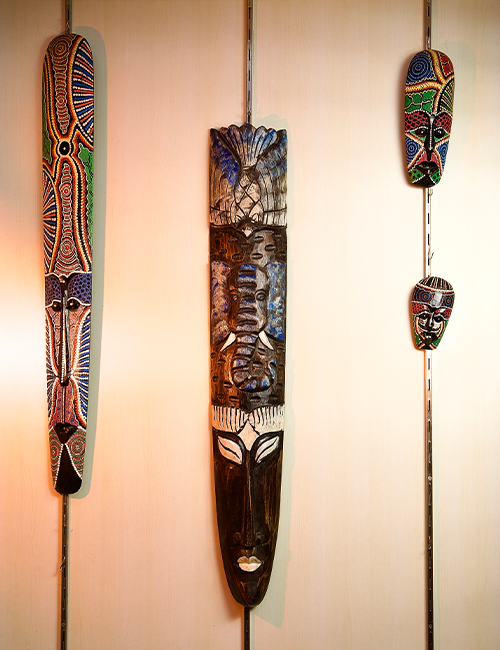
Indus Valley Civilization (3300–1300 BCE):
The archaeological excavations at sites like Mohenjo-Daro and Harappa have revealed evidence of advanced craftsmanship, including pottery, metalwork, and bead making.
Maurya and Gupta Empires (322 BCE – 550 CE):
During this period, intricate sculptures, pottery, and metalwork flourished, showcasing a high level of artistic skill.
Delhi Sultanate and Mughal Empire (1206–1707):
The Mughals were great patrons of the arts, leading to the development of exquisite crafts such as miniature paintings, carpet weaving, and the establishment of craft centers like the Taj Mahal.
Vijayanagara and Bahmani Kingdoms (1336–1646):
Southern India saw the flourishing of temple architecture, sculpture, and the production of fine textiles and jewelry.
British Colonial Rule (1757–1947):
The colonial period had a mixed impact on Indian handicrafts. While some traditional crafts declined due to economic policies, others adapted to European tastes, leading to the creation of new forms and styles.
Modern Handicraft (1947 onwards):
Post-independence, there has been a conscious effort to revive and promote traditional handicrafts. Various government initiatives, NGOs, and cooperatives have played a significant role in preserving and promoting indigenous crafts.
Modern Handicrafts
Modern handicrafts refer to contemporary artisanal creations that blend traditional craftsmanship with modern design aesthetics, materials, and techniques.
These crafts often represent a fusion of the past and the present, combining age-old skills with innovative ideas to create unique and relevant artworks.
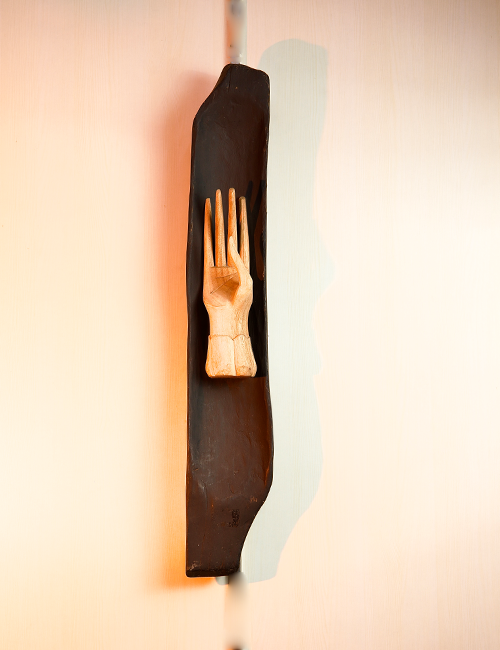
Artisans may use traditional materials in unconventional ways or experiment with new and sustainable materials to give their crafts a modern twist.
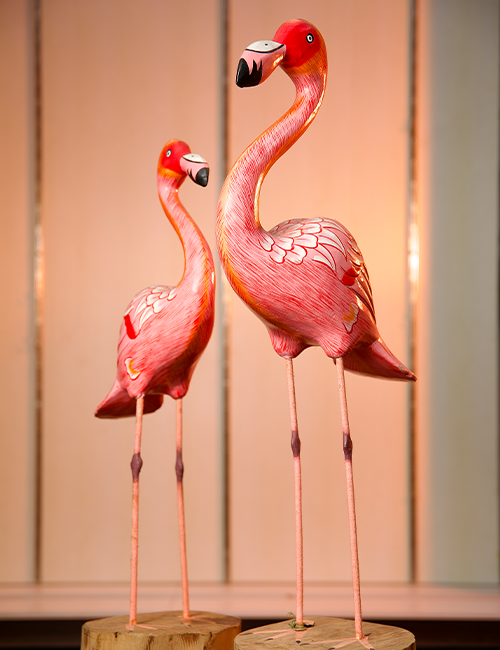
Incorporation of modern tools and technologies, such as 3D printing, laser cutting, or digital design software, is common in modern handicrafts.
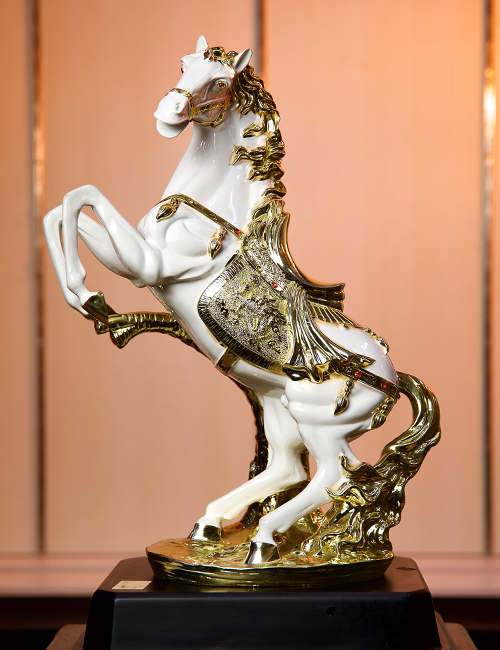
modern handicrafts serve a functional purpose, blurring the lines between art and utility, furniture, lighting fixtures, and home decor items.
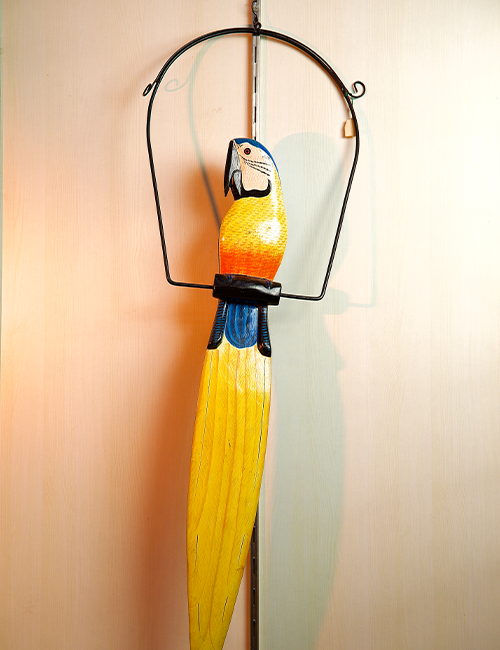
Collaborations between traditional artisans and modern designers are common, bringing together the expertise of skilled craftsmen with the fresh perspectives of contemporary designers.
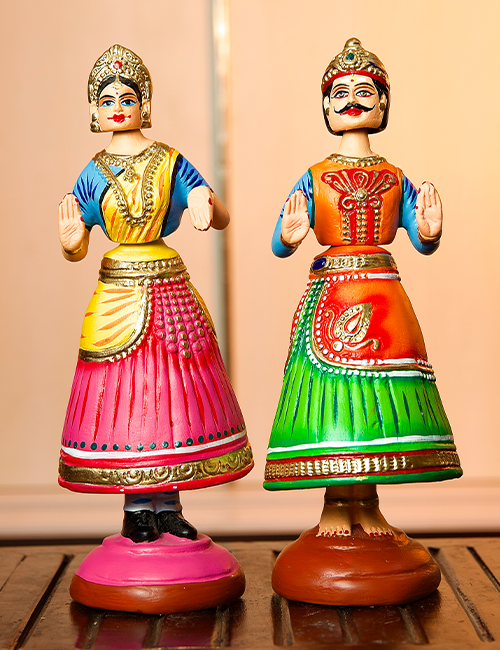
Tanjore dolls are traditional terracotta dolls from the Tanjore region. These dolls are handcrafted and painted with vibrant colors, often representing deities or characters from mythology.
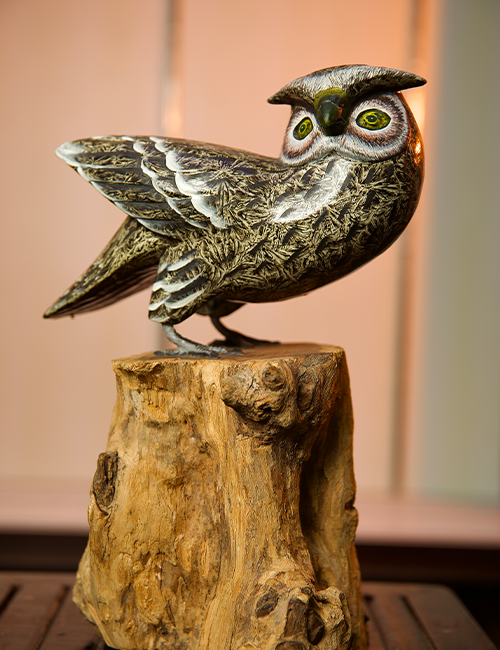
There is a growing emphasis on sustainability in modern handicrafts. Artisans may use eco-friendly materials, repurpose existing items, or employ environmentally conscious production methods.
